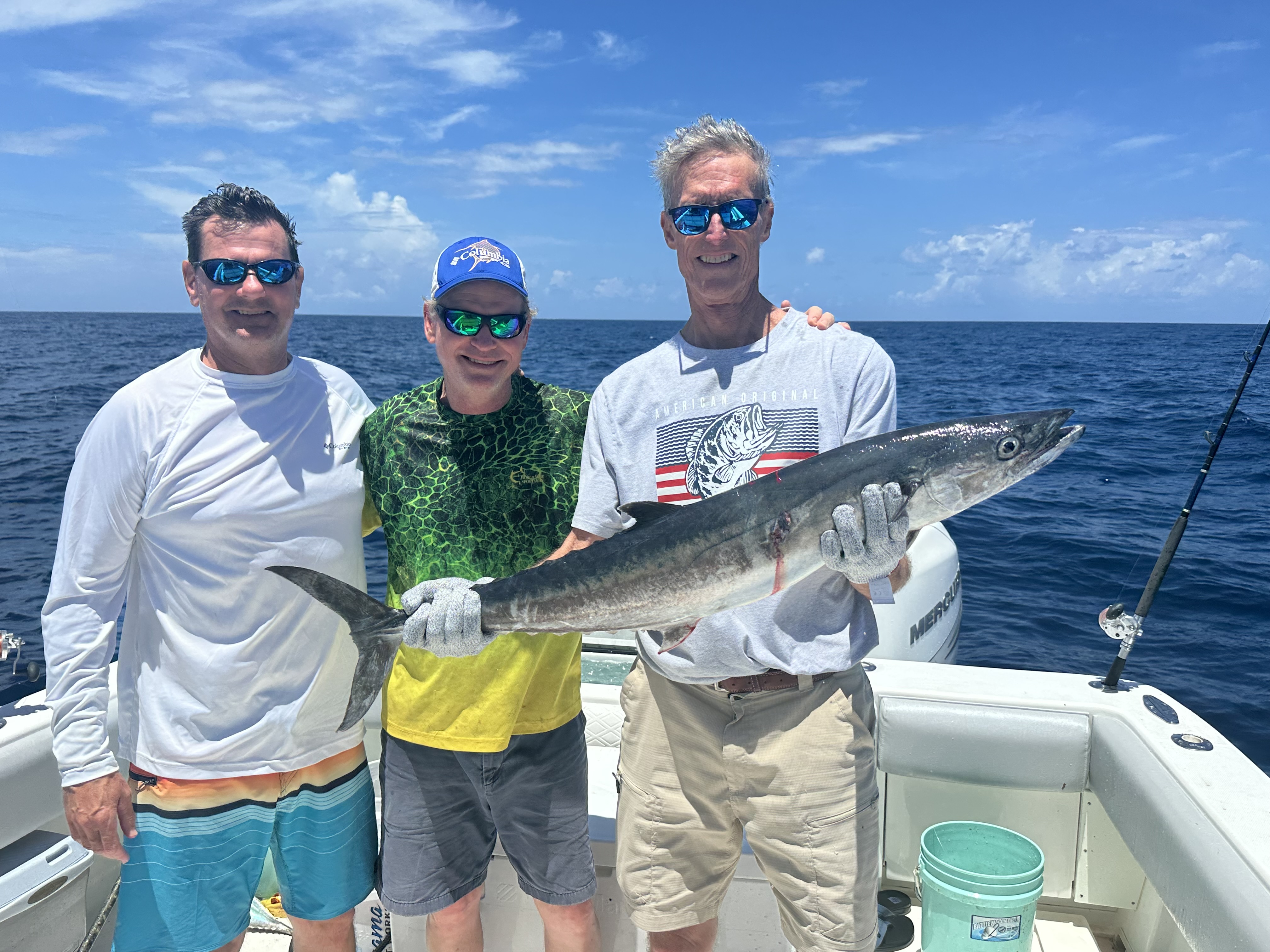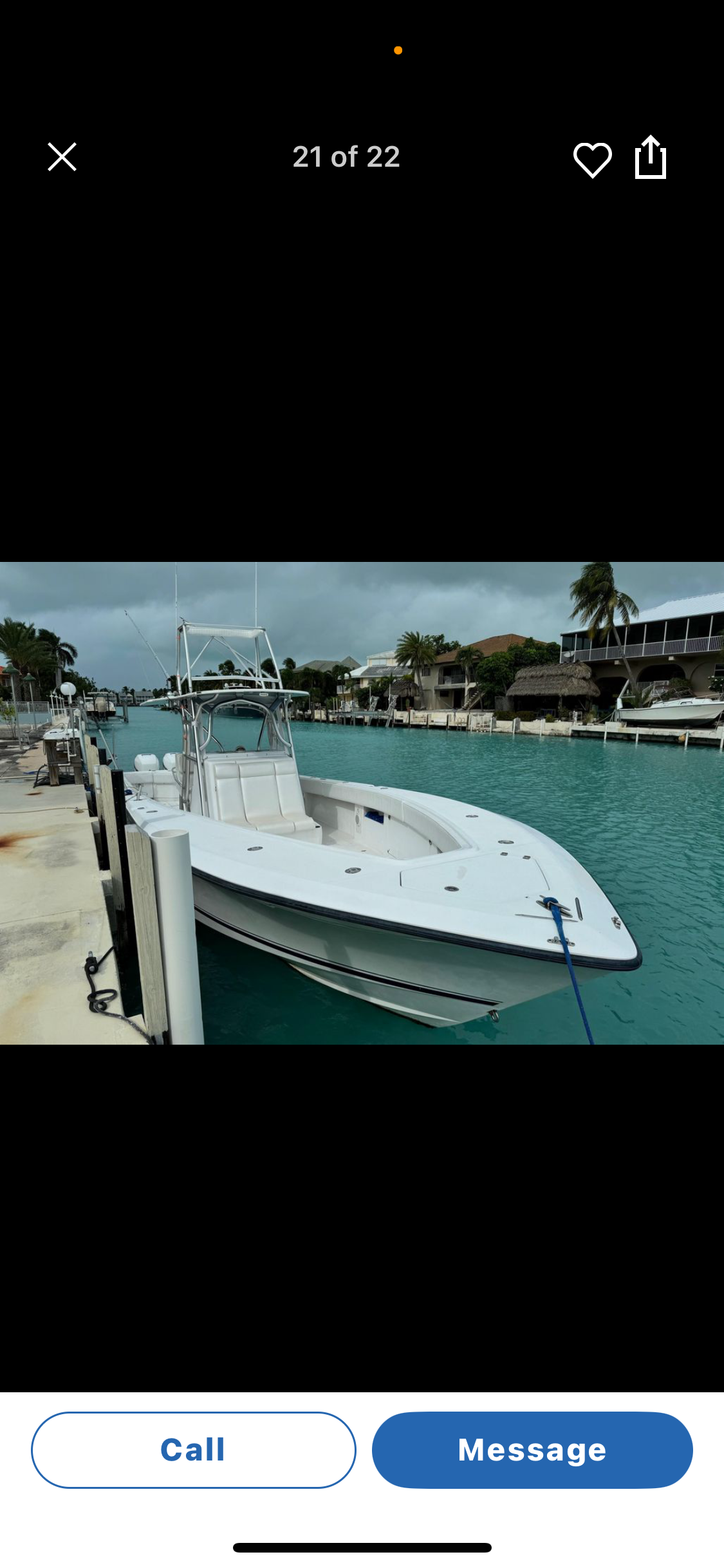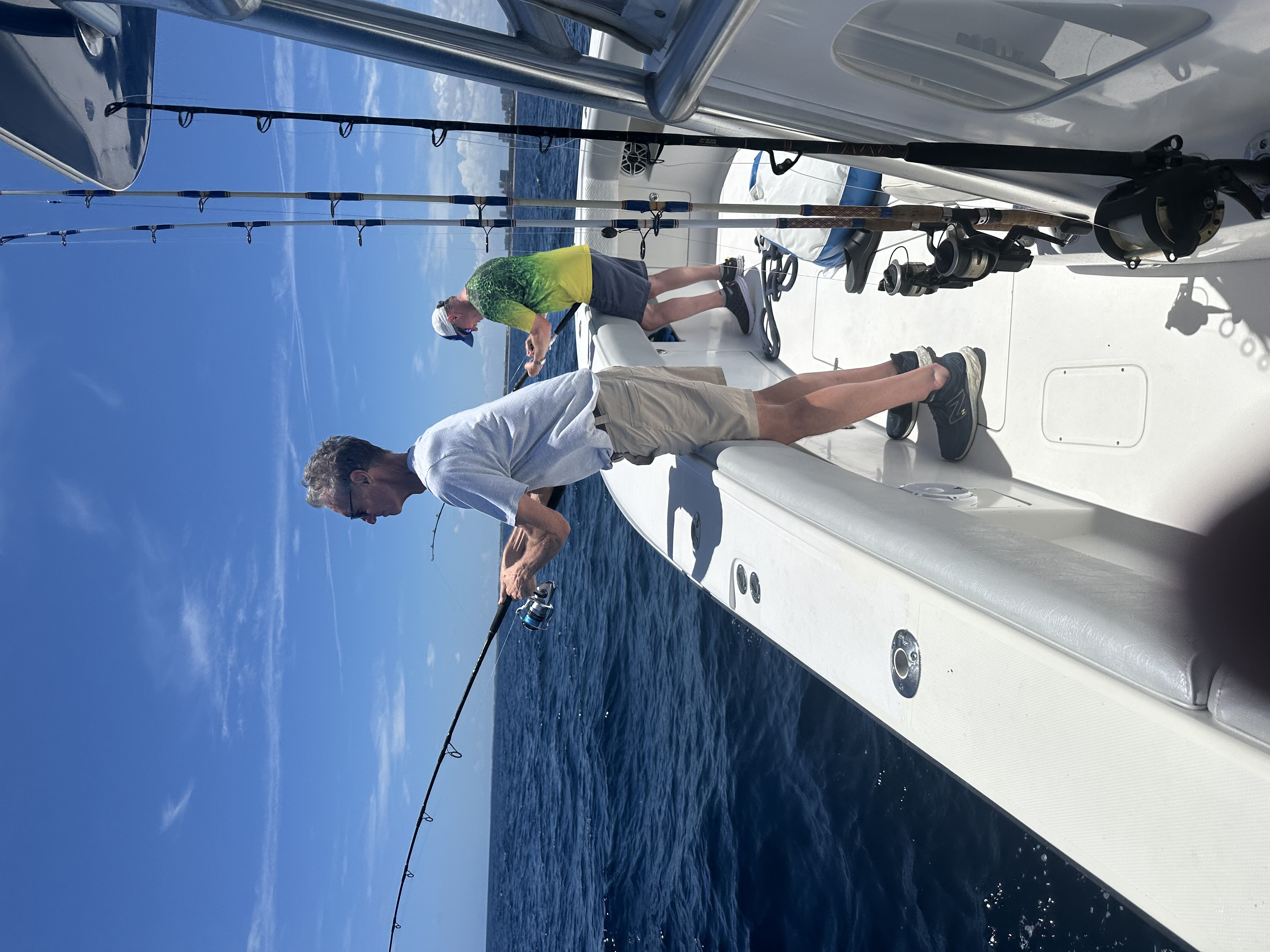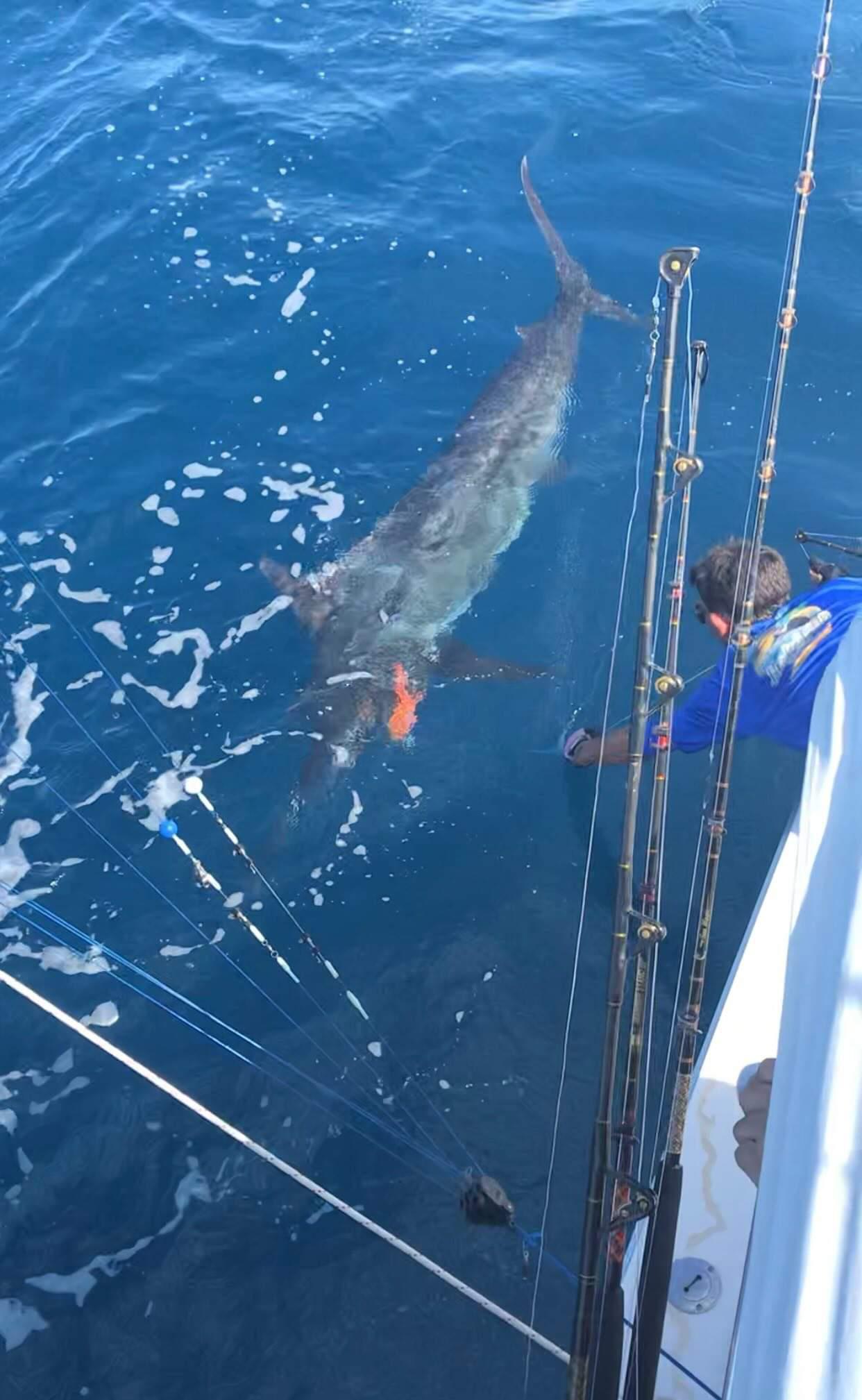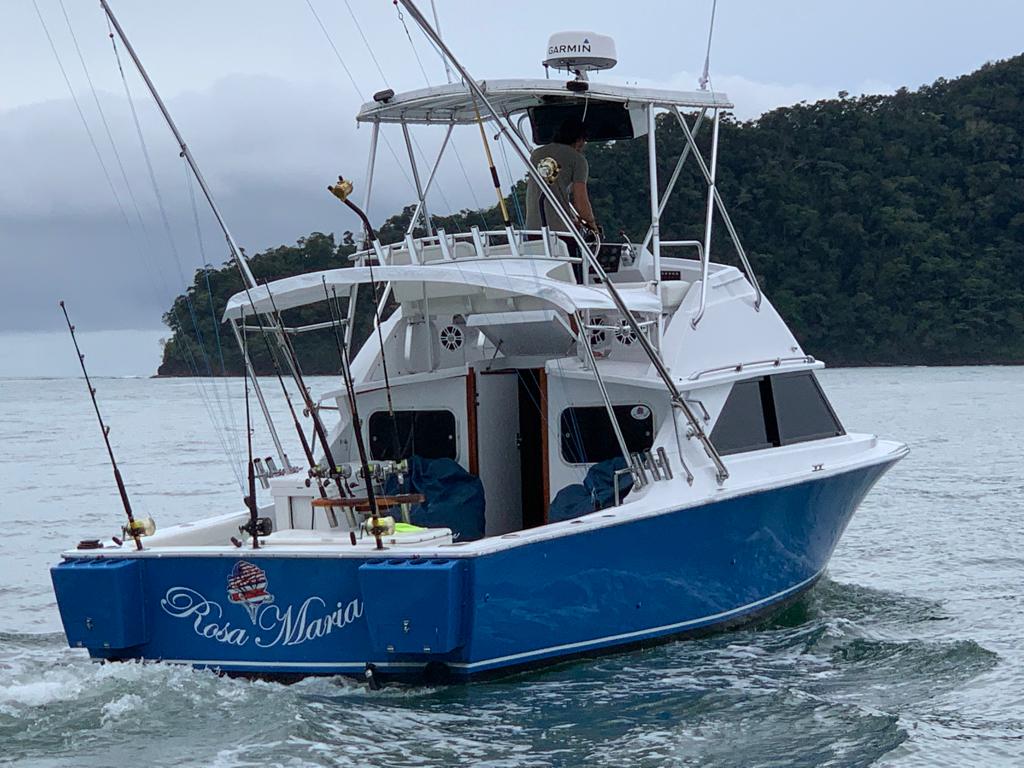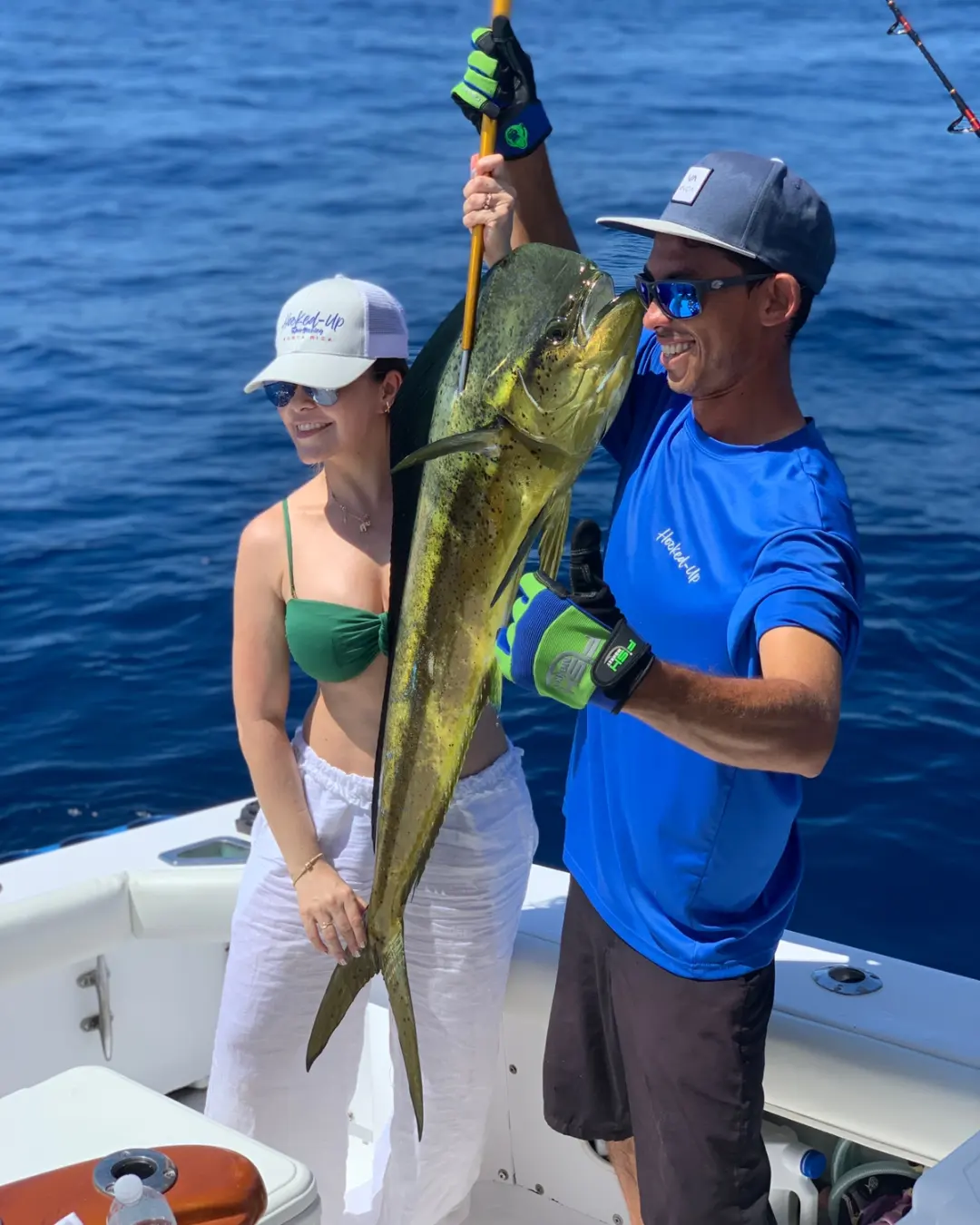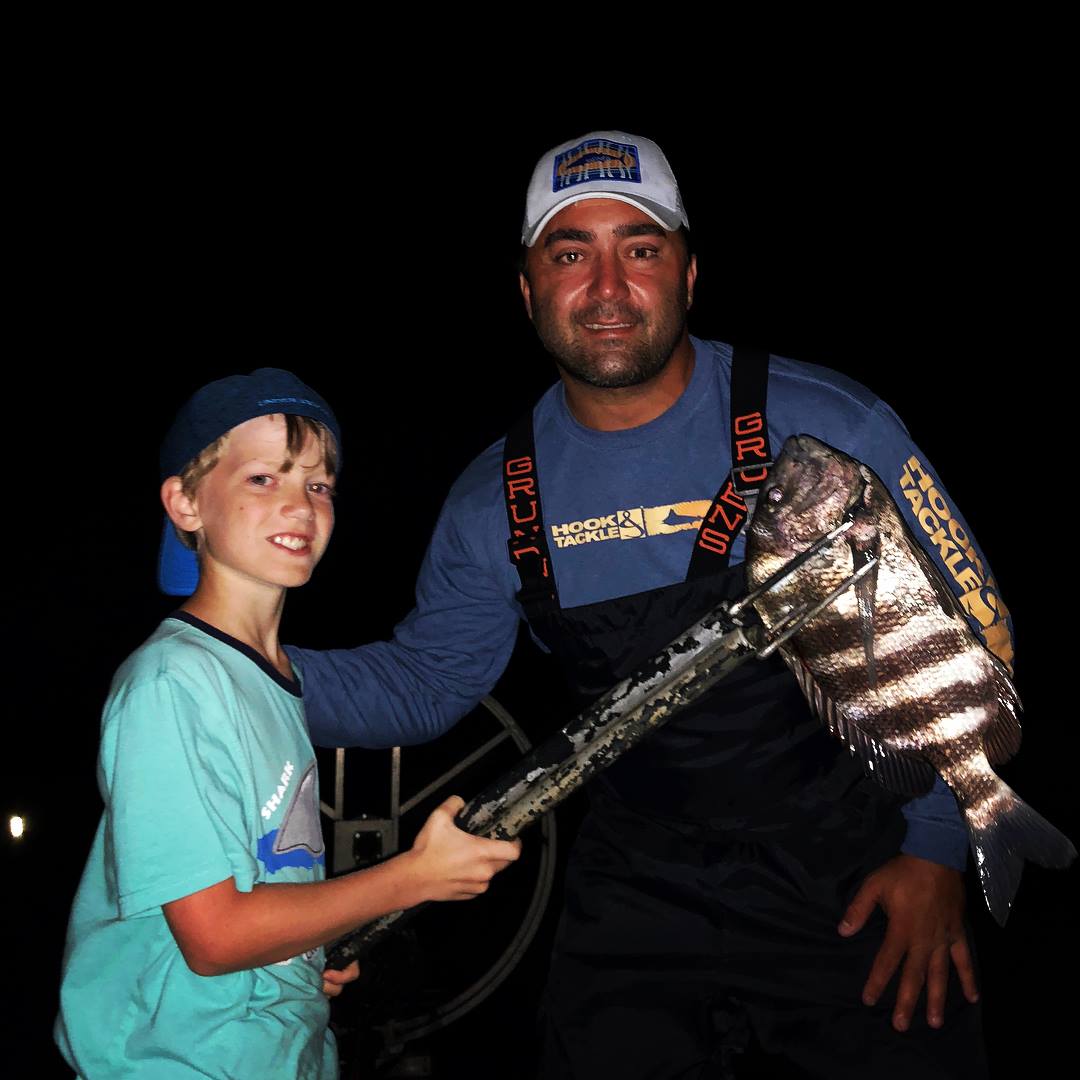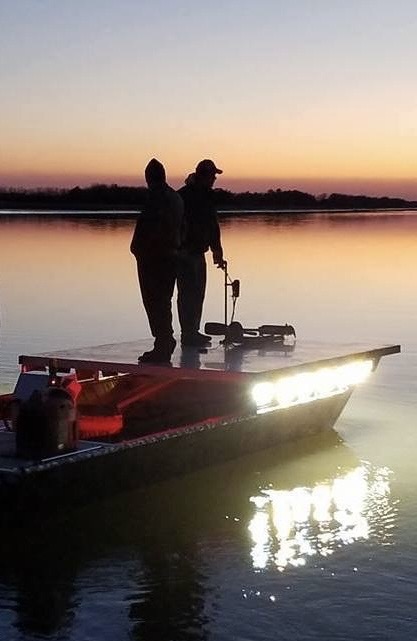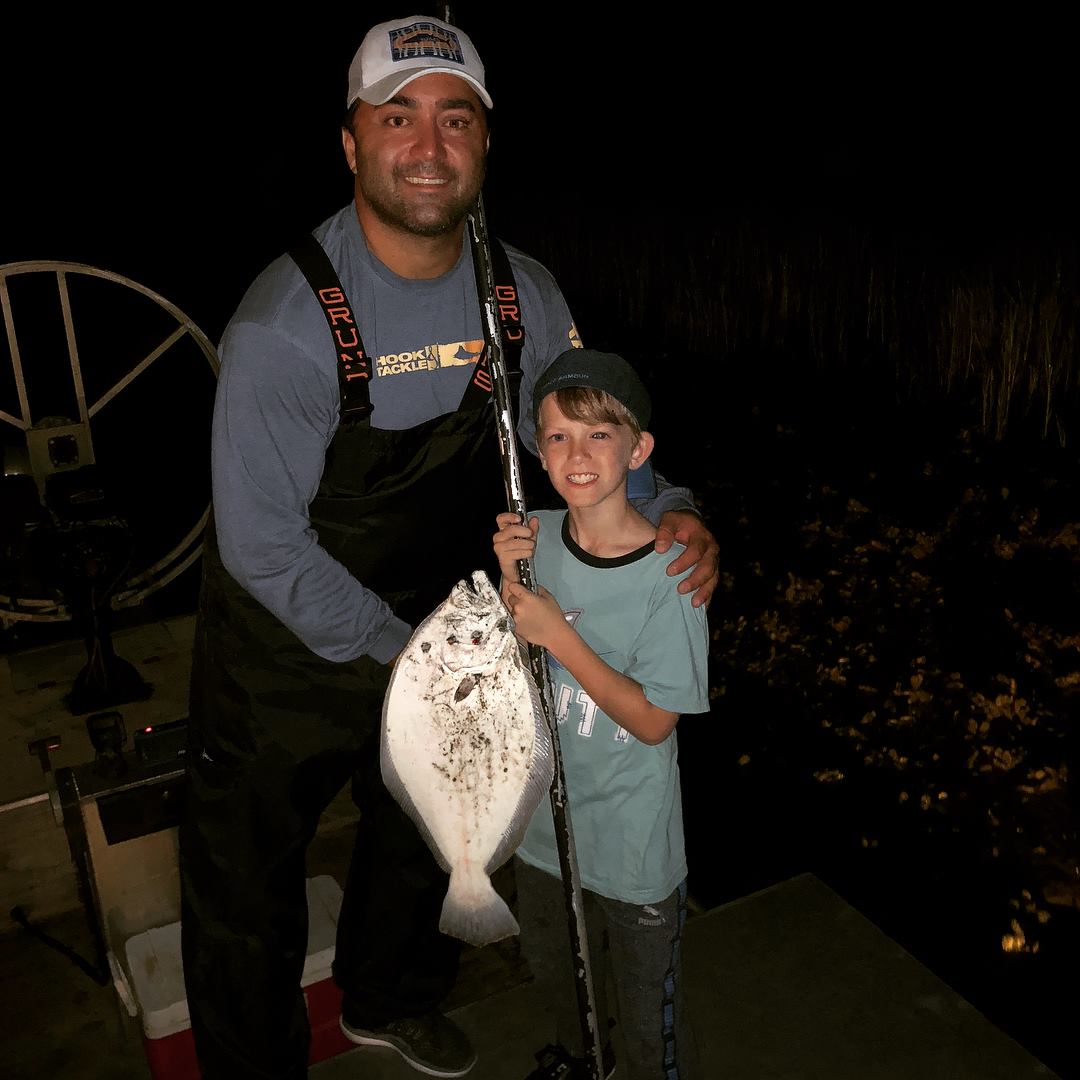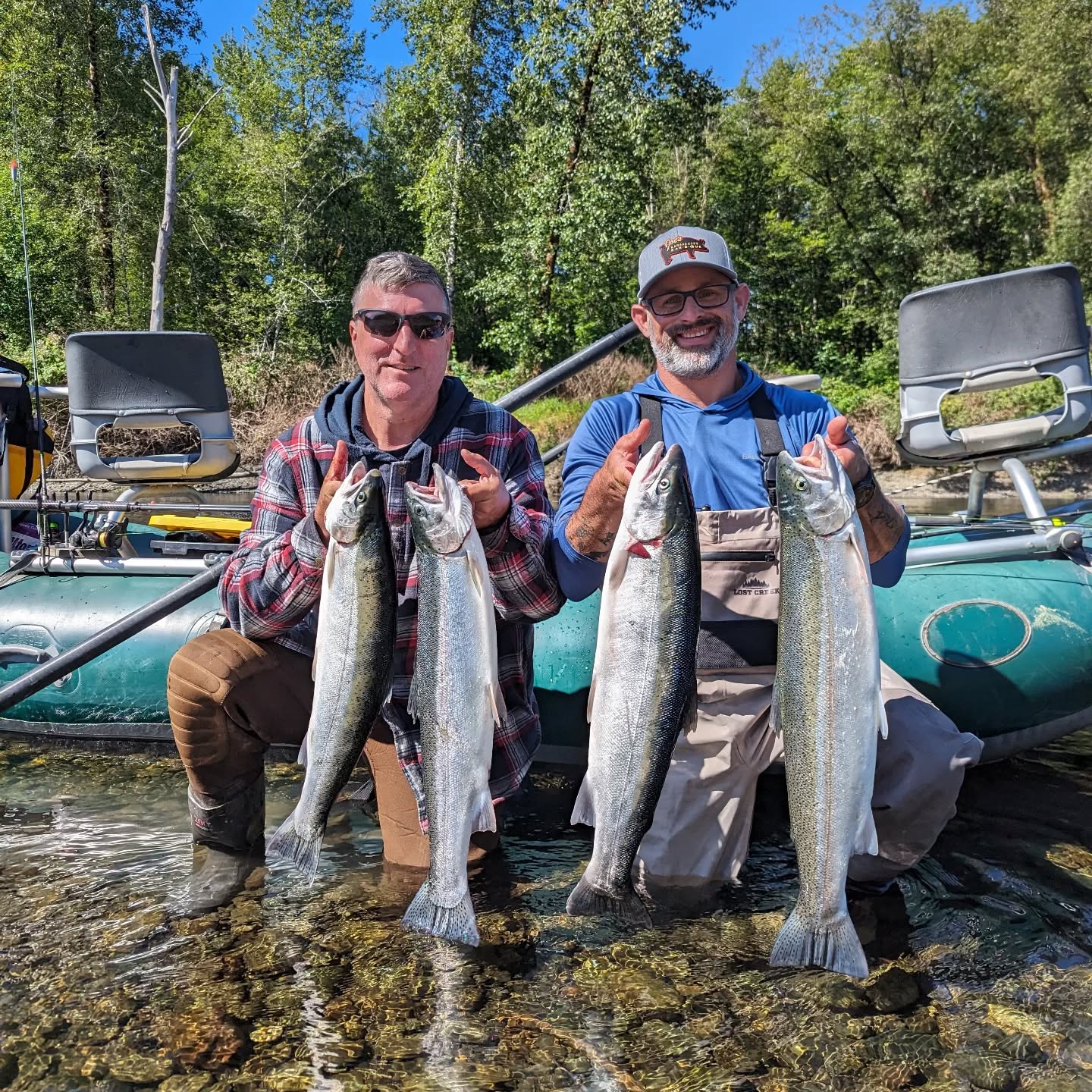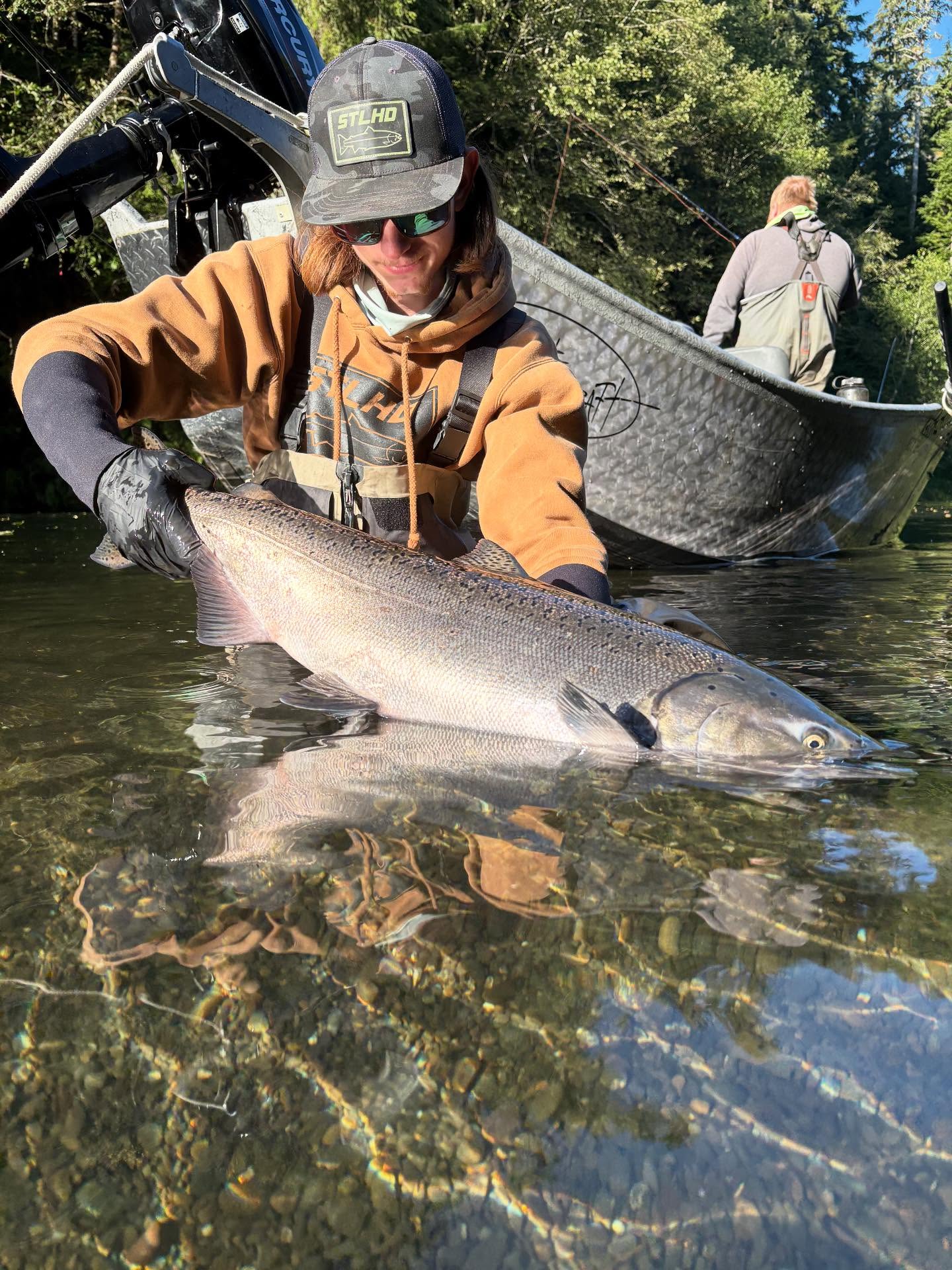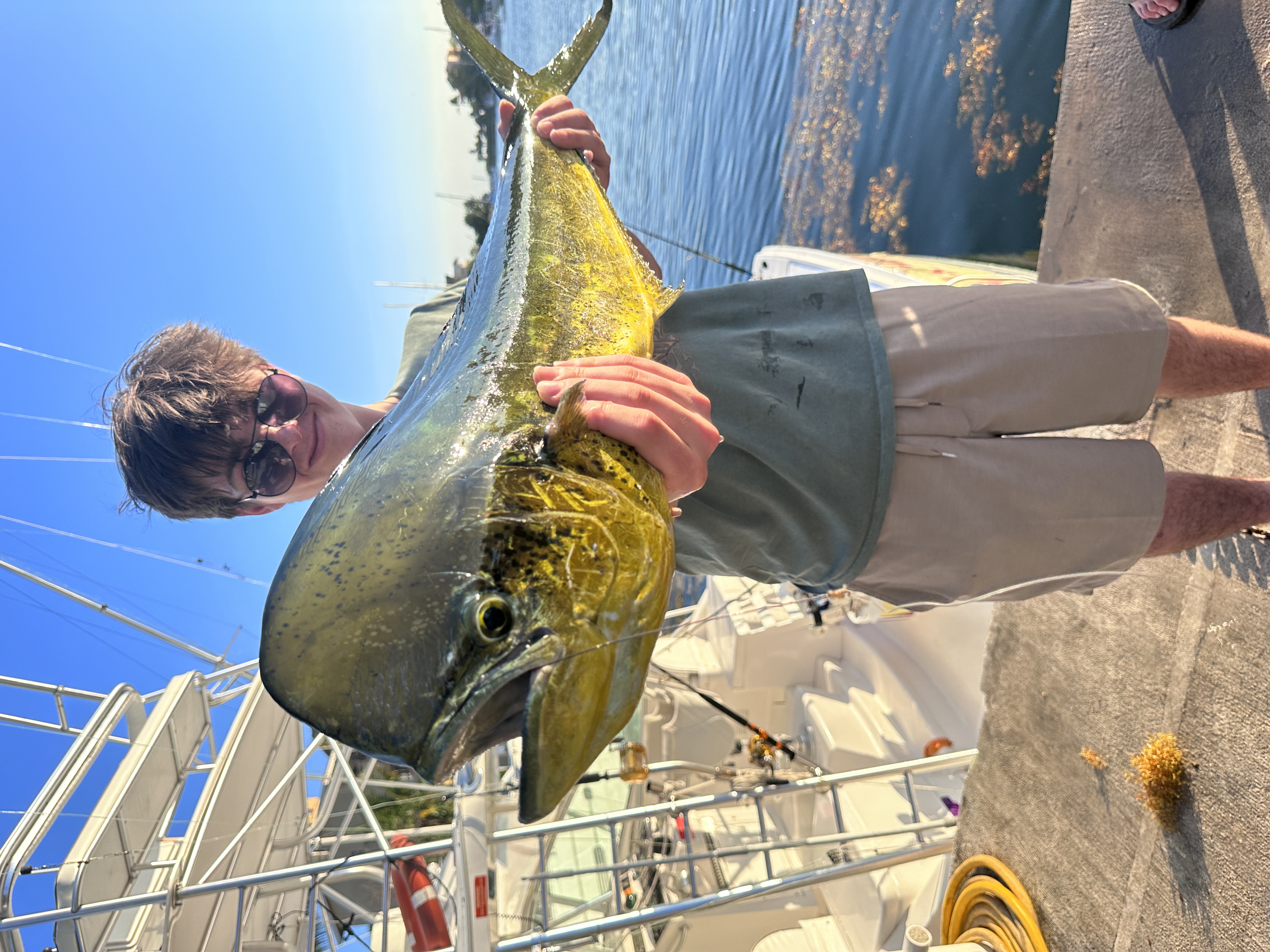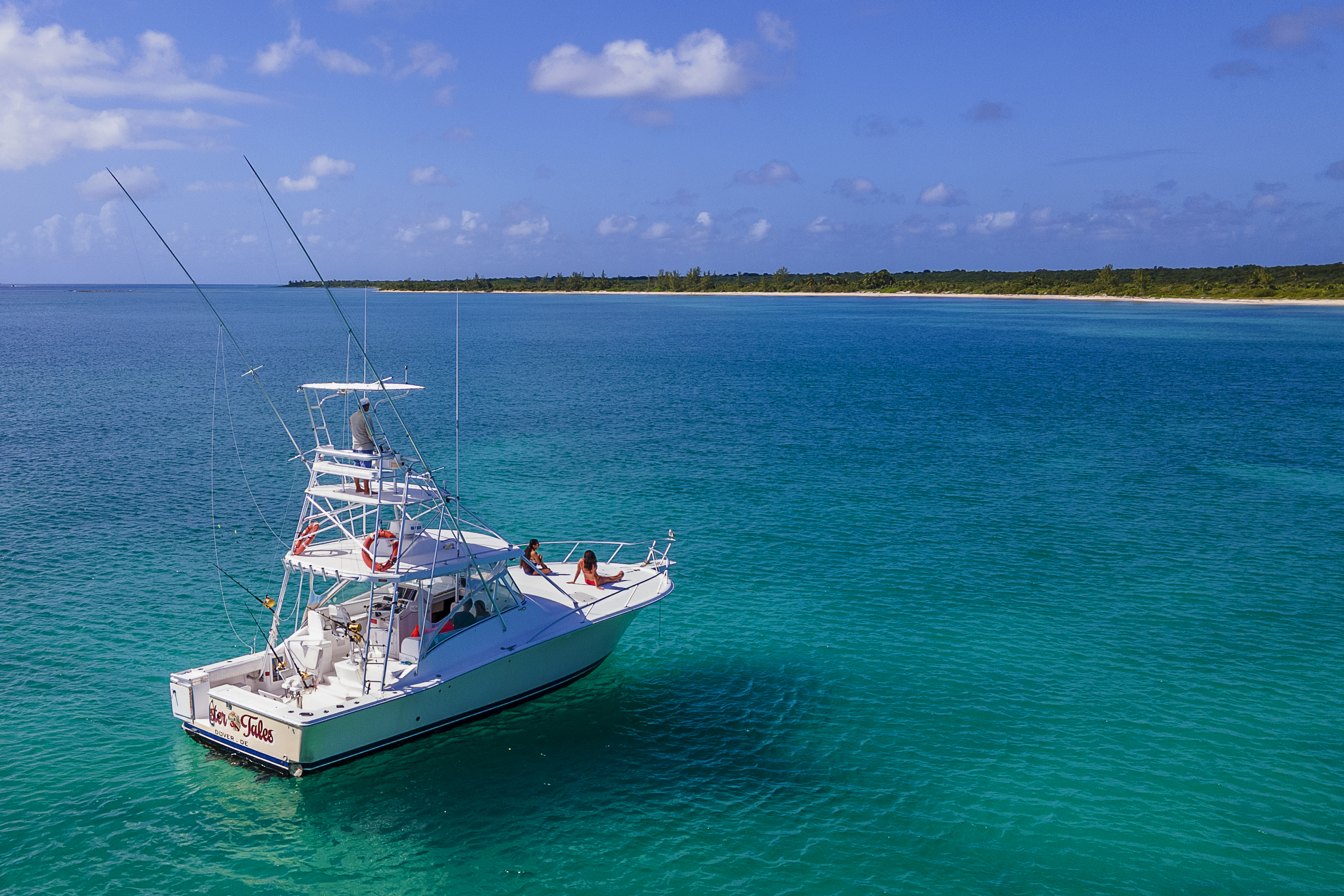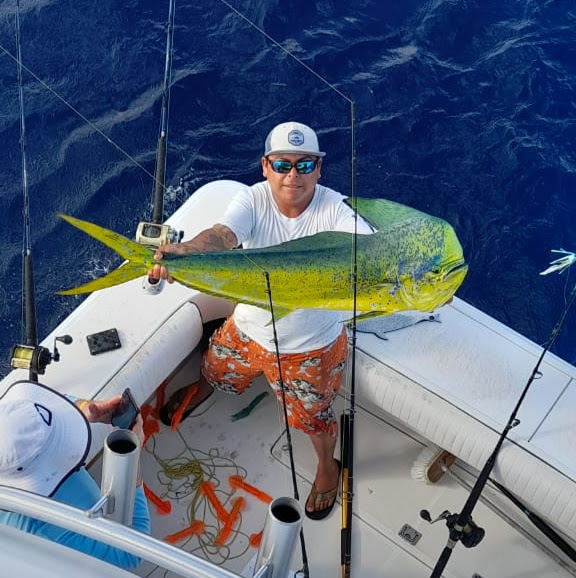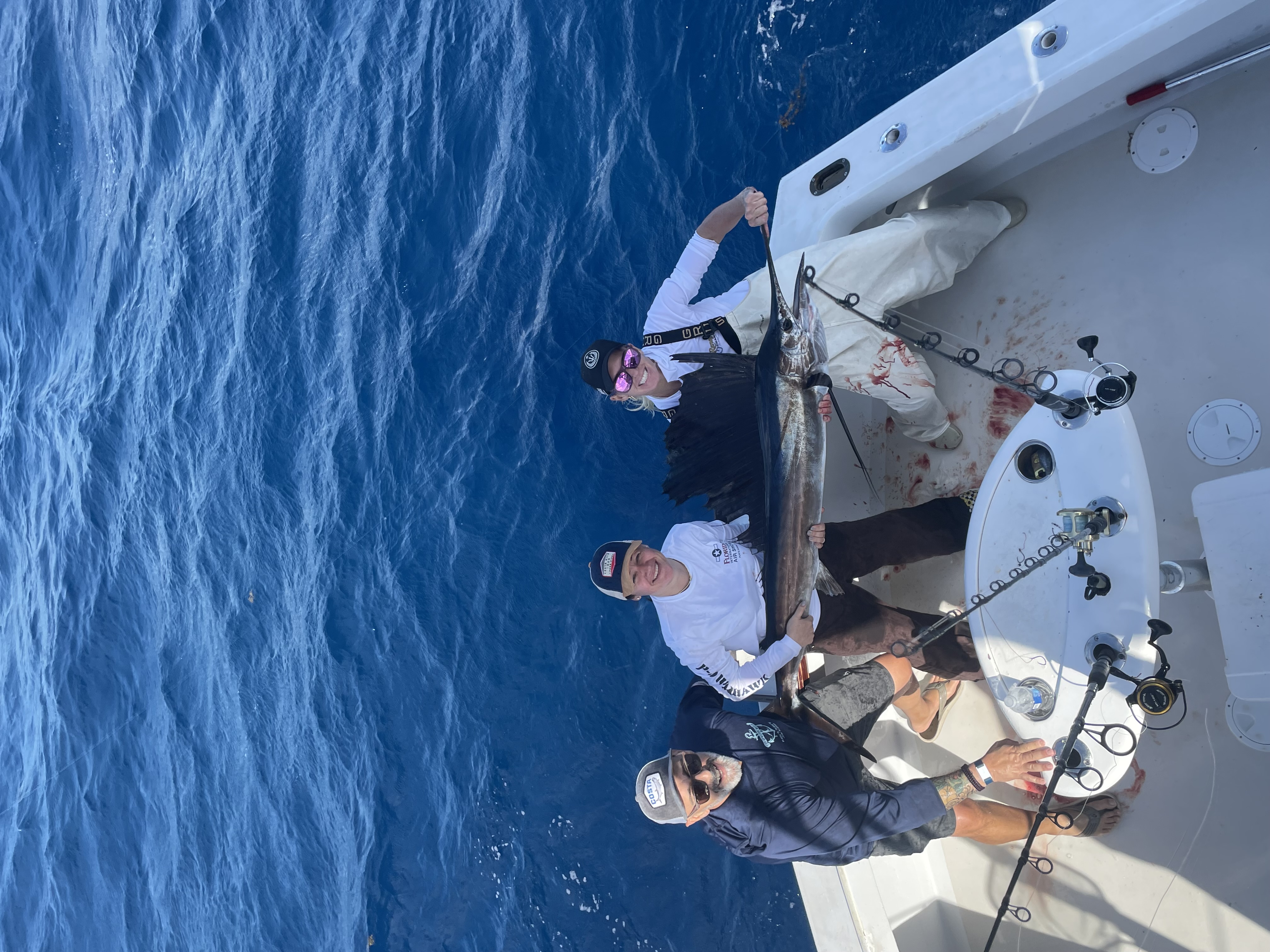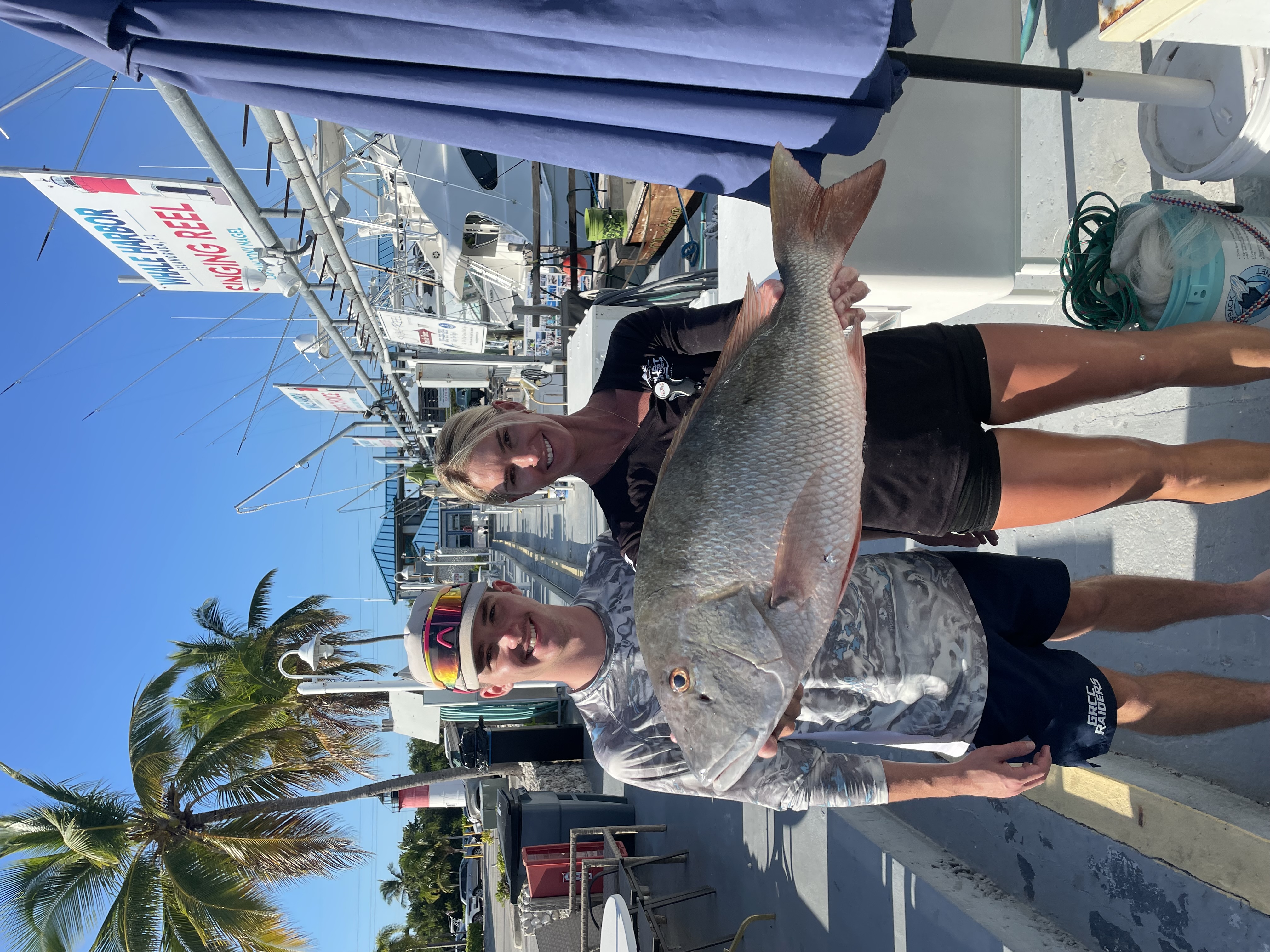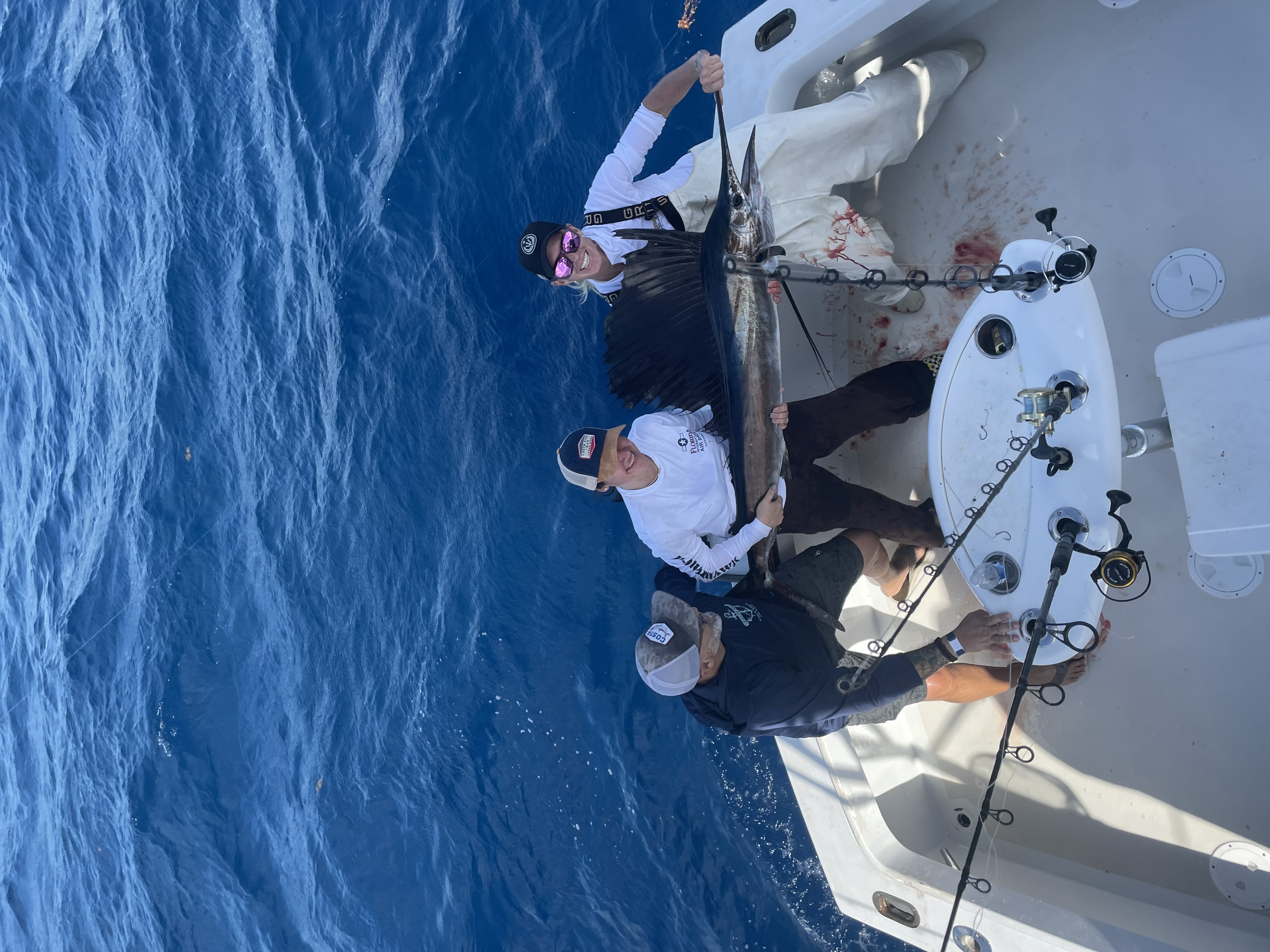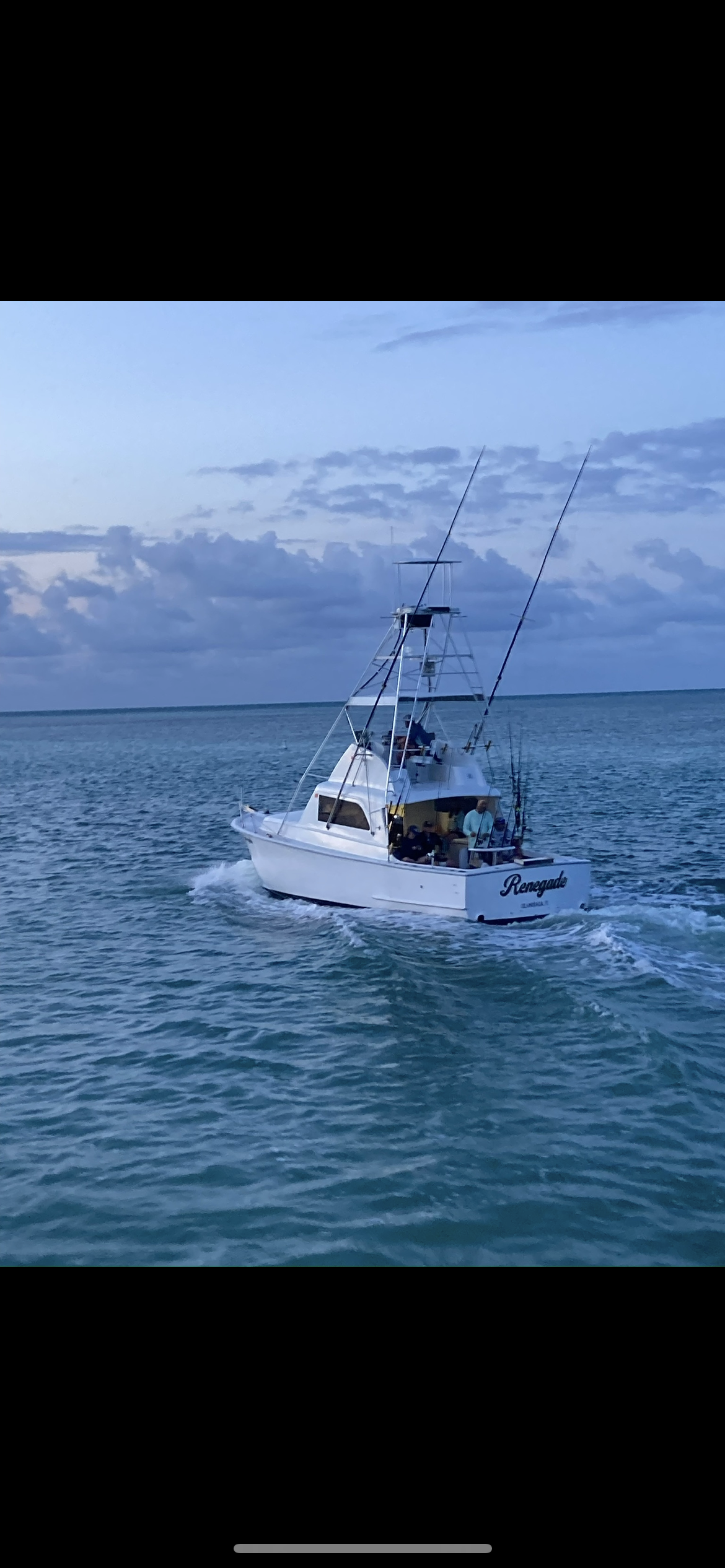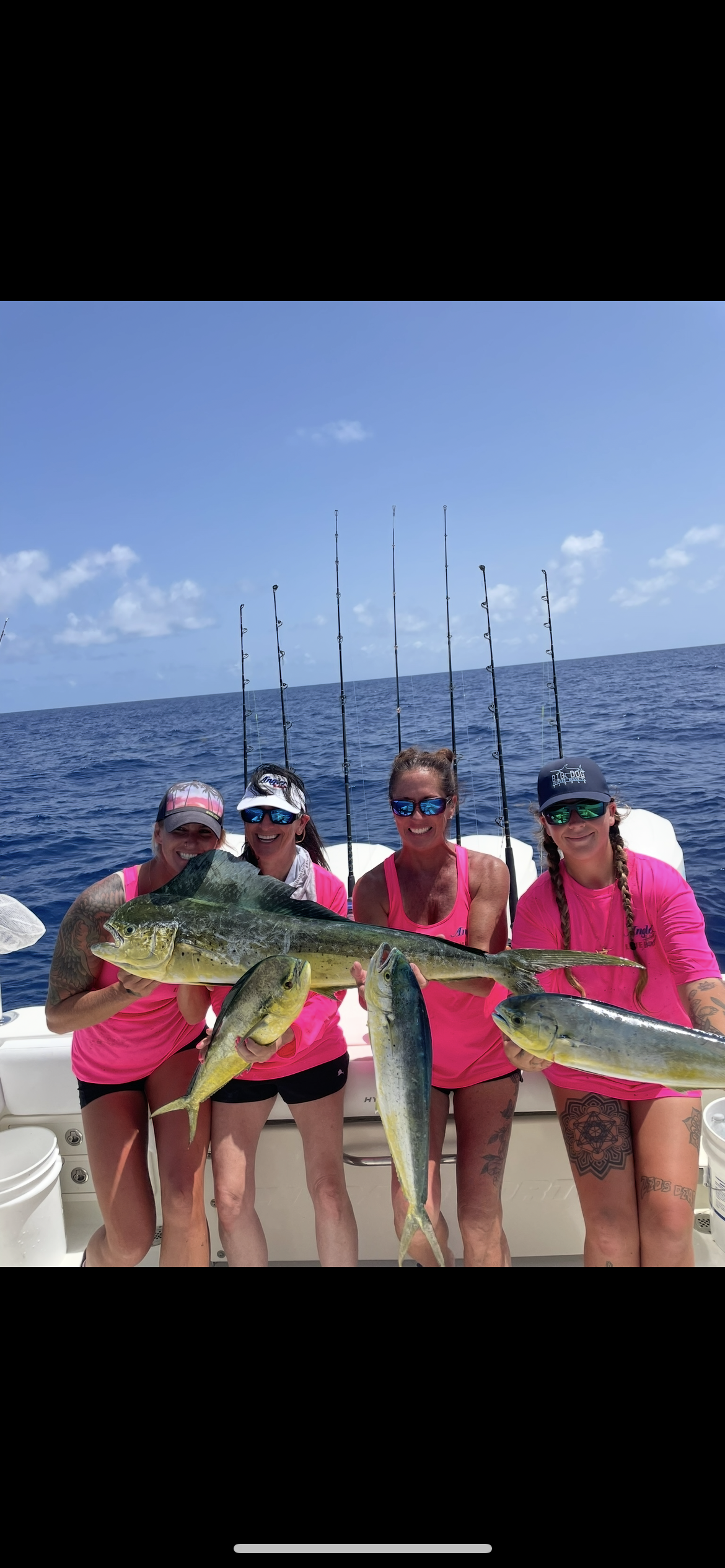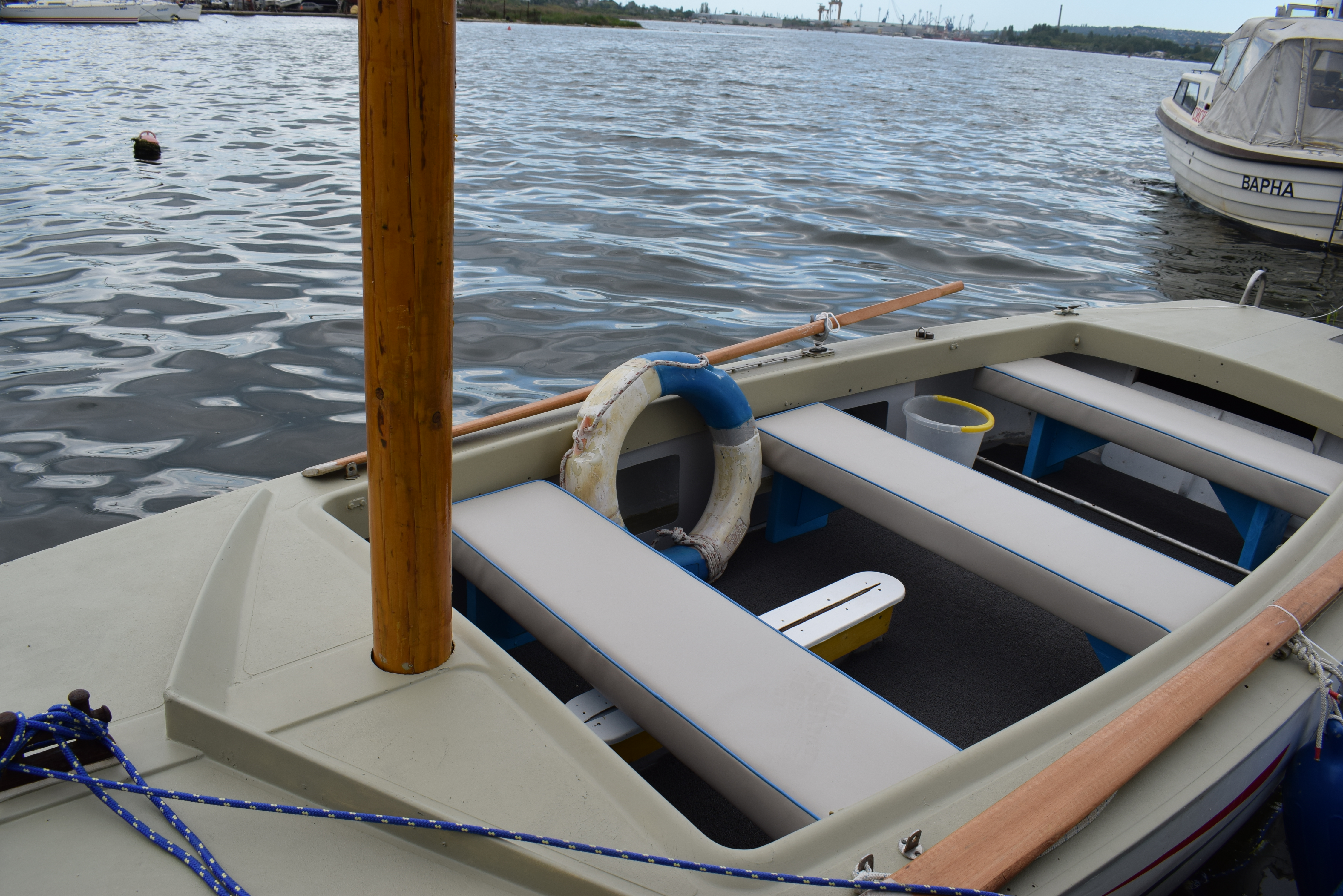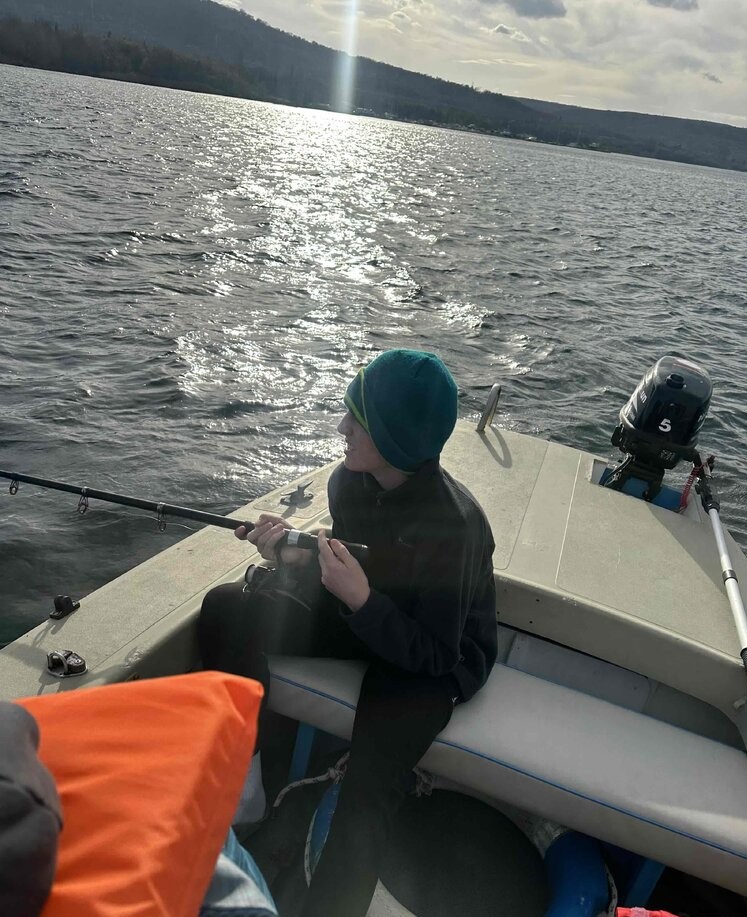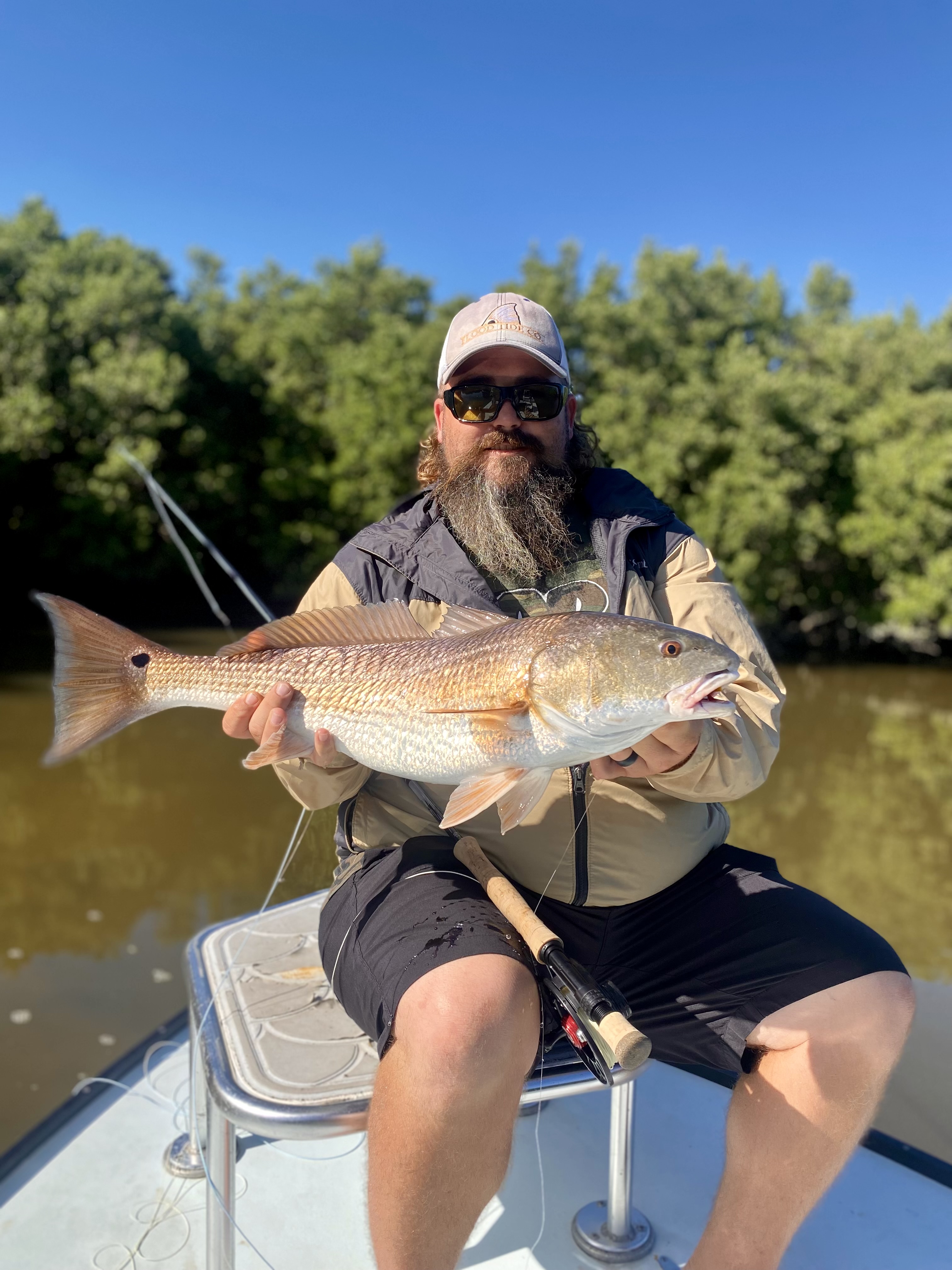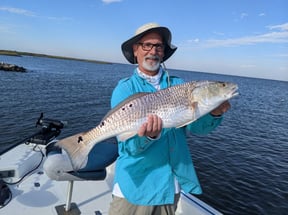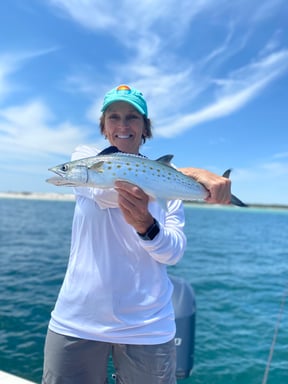Inshore, Deep Sea, Nearshore in Palm Beach Shores
Catching Fish And Having Fun
Deep Sea Fishing in Playa Herradura
Full Day Offshore
Inshore Fishing in Mount Pleasant
Gigging Trip
Steelhead Fishing Trip
Deep Sea, Nearshore Fishing in Puerto Aventuras
Fishing Charter, Puerto Aventuras
Deep Sea, Nearshore Fishing in Islamorada
4 Hour Half Day
Deep Sea, Nearshore Fishing in Islamorada
6 Hour 3/4 Day
Black Sea Trips
Inshore, Flats Fishing in Pineland
Fly Fishing Pineland
Deep Sea, Nearshore Fishing in Orange Beach
December Snapper Reopen Special!
We started Captain Experiences to make it easy to book fishing and hunting guides around the world. With over 2,000 Damn Good Guides, our platform makes finding and booking a trip seamless. Head here to check out our trips.
Lure Selection
Fishing Lures have evolved significantly in the last 50 years, with wave after wave of improvements to shape, coloration, sound, action, and consistency. Bait companies can now create hyper-realistic baits that should be more dialed in on getting bites than ever before.
These new and improved baits come in a variety of shapes, sizes, crisp color patterns, all of which are very appealing to anglers cruising the aisles of their local tackle shop. While these ornate lures may be appealing to anglers on dry land, the question remains: how much does it matter to the fish?
Lure Coloration
The importance of lure coloration depends on the eyesight of the target species. Different species of fish have varying levels of eyesight—ranging from catfish that typically have poor vision, to tarpon with incredible vision.
Many fish are unable to see some of the colors humans can, with walleye being a prime example. Walleye can’t see the color blue, which to them, likely looks like varying shades of gray. While humans can see around a million different colors, tarpon are said to be able to see 100 million or more. While the quality of sight and ability to perceive colors varies for each fish, the environment can play just as big of a role.
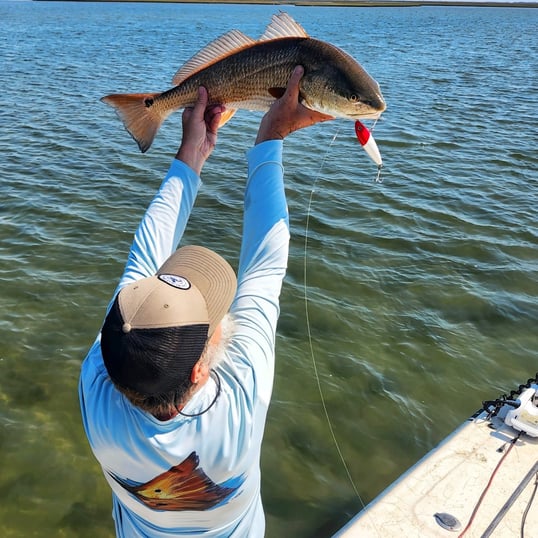
Environmental conditions including water clarity, color, and depth change the appearance of a bait. As light passes through water, colors begin to get filtered out. Depending on how murky or stained the water is, different colors fade more quickly as the depth increases. Even in pristine water conditions, the perceived colors will look different at greater depths. Lures that have bright colors like yellow, orange, and red, are great for shallow water where there is plenty of light. As the water gets deeper and therefore darker, colors like blue, green, and sometimes black can be seen more easily.
Lure Size
Picking the right size lure is tricky because predatory fish are opportunistic feeders, but to survive they also have to be picky. Throwing a bait that is too big can discourage bites for any number of reasons. The two most common explanations are that food is abundant, so the fish doesn’t need to use the energy to catch a larger meal, or the bait looks unusual and isn’t worth the risk.
Because smaller baits are an easier meal, sizing down is typically an effective strategy. The only downside to smaller baits is they disturb less water, and therefore don’t have the same presence that can draw fish toward the bait. That being said, this presence can be influenced by things other than size, including the sound and action of the bait.
Lure Action
The action of a lure is how it moves while passing through the water. This movement is usually a combination of body roll, wobble, and flutter that gives the bait unique swimming characteristics on the retrieve or while trolling. Depending on how vigorous the action is of a bait, the amount of water that is distributed will change. This gives off vibrations that let fish know the lure is nearby without being able to see it.
The addition of small rattles inside the bait can add extra sound vibration to the bait, helping draw fish in from a greater distance. This can be particularly helpful in water where visibility is limited. It’s clear that fish use vibration to locate and hunt prey, but when it comes to lures, too much noise can scare fish away and ultimately work against you. Like many things in fishing, it's a balancing act.
How Important is Lure Selection?
Conventional wisdom says picking a lure with the perfect color, pattern, size, and action for each fish is the best way to get a bite. However, some anglers have shown how little lure selection impacts getting a bite. Nate Marling, better known on YouTube as Marling Baits, has a video where he caught fish on a block of wood.
When it comes to lure selection, it’s best to use an “all things in moderation” approach. It’s been proven that the most important steps to getting a bite are first finding the fish, then putting bait in front of them. Once that is established, then mixing up the lure color and design might be appropriate. Considering the factors that may impact what lure will work helps select the first lure of the day or what bait to switch to later on. Fishing requires trial and error to get dialed in on the most effective lure, so stressing over the details will likely produce diminishing returns.
Learning a new body of water or how to target a specific gamefish can have a big learning curve. Going through the process of trial and error each time can be frustrating, but hiring an expert can help shorten the curve. Taking a guided trip will help you narrow down what to throw and where, when you decide to take on a new experience. You can find the right guide wherever you decide to fish here.
Joey Butrus
Updated on August 2, 2023

November 15, 2023

July 1, 2024

April 26, 2022
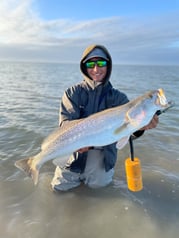
January 19, 2021
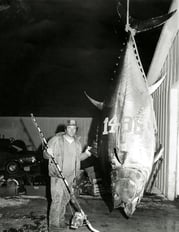
June 3, 2021
Related Articles
October 24, 2022
April 6, 2021
June 12, 2024
Featured Locations
- Fishing Charters Near Me
- Austin Fishing Guides
- Biloxi Fishing Charters
- Bradenton Fishing Charters
- Cabo San Lucas Fishing Charters
- Cancun Fishing Charters
- Cape Coral Fishing Charters
- Charleston Fishing Charters
- Clearwater Fishing Charters
- Corpus Christi Fishing Charters
- Crystal River Fishing Charters
- Dauphin Island Fishing Charters
- Daytona Beach Fishing Charters
- Destin Fishing Charters
- Fort Lauderdale Fishing Charters
- Fort Myers Fishing Charters
- Fort Walton Beach Fishing Charters
- Galveston Fishing Charters
- Gulf Shores Fishing Charters
- Hatteras Fishing Charters
- Hilton Head Fishing Charters
- Islamorada Fishing Charters
- Jacksonville Fishing Charters
- Jupiter Fishing Charters
- Key Largo Fishing Charters
- Key West Fishing Charters
- Kona Fishing Charters
- Lakeside Marblehead Fishing Charters
- Marathon Fishing Charters
- Marco Island Fishing Charters
- Miami Fishing Charters
- Montauk Fishing Charters
- Morehead City Fishing Charters
- Naples Fishing Charters
- New Orleans Fishing Charters
- New Smyrna Beach Fishing Charters
- Ocean City Fishing Charters
- Orange Beach Fishing Charters
- Panama City Beach Fishing Charters
- Pensacola Fishing Charters
- Pompano Beach Fishing Charters
- Port Aransas Fishing Charters
- Port Orange Fishing Charters
- Rockport Fishing Charters
- San Diego Fishing Charters
- San Juan Fishing Charters
- Sarasota Fishing Charters
- South Padre Island Fishing Charters
- St. Augustine Fishing Charters
- St. Petersburg Fishing Charters
- Tampa Fishing Charters
- Tarpon Springs Fishing Charters
- Venice Fishing Charters
- Virginia Beach Fishing Charters
- West Palm Beach Fishing Charters
- Wilmington Fishing Charters
- Wrightsville Beach Fishing Charters
